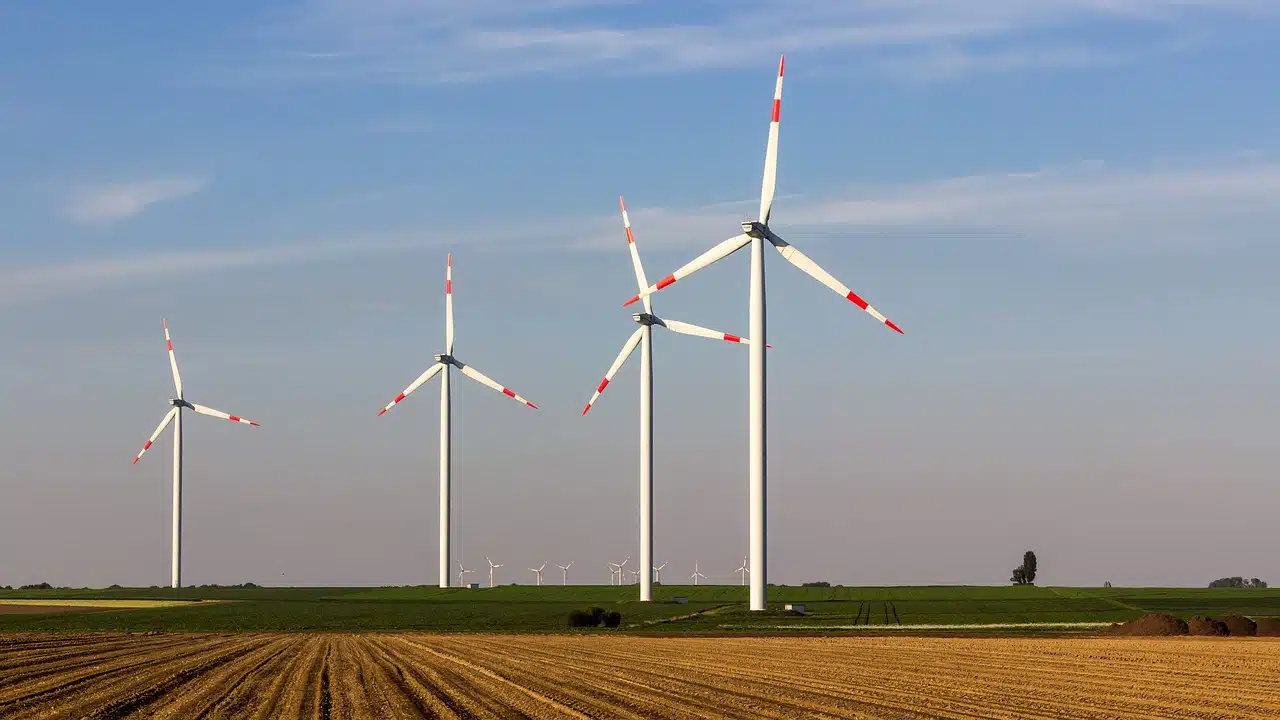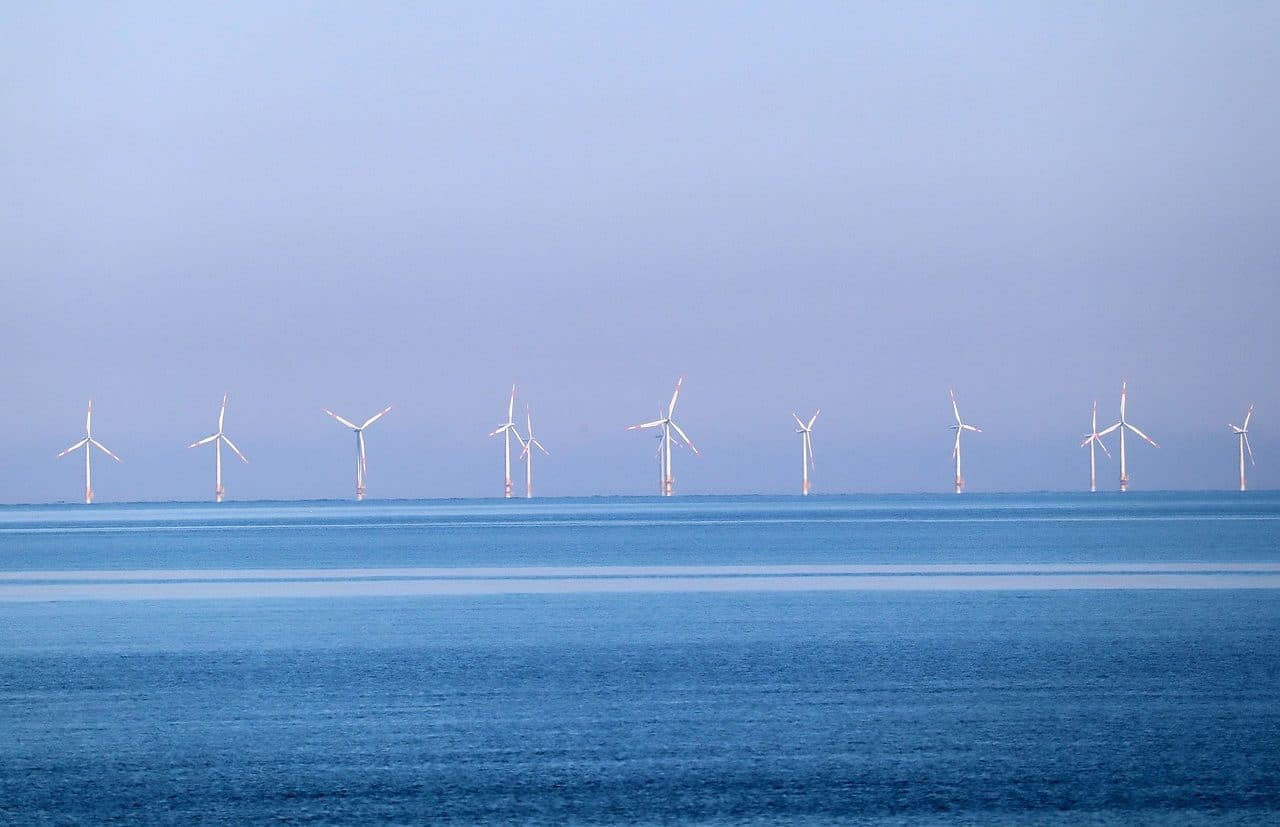
Wind energy comes from the wind.
Wind energy is energy obtained from the wind . It is a type of kinetic energy produced by the effect of air currents.
It should be noted that energy is the ability to transform or set something in motion . For the economy and technology , energy is a natural resource with the various associated elements that allow it to be used industrially.
Aeolian , for its part, is an adjective that refers to what belongs to or is related to the wind (since Aeolus is the god of the winds in classical mythology). The current of air that occurs naturally in the atmosphere is known as wind.
Wind energy, like many others, can be transformed in various ways to make it useful in human activities. With wind energy you can produce electricity or drive engines, for example.
Benefits of wind energy
The significant growth that this type of energy has experienced in recent years is fundamentally due to two factors: awareness of the importance of environmental sustainability and the fact that this energy offers multiple advantages.
Specifically, among the most significant benefits that can be enjoyed thanks to the application and development of wind energy, the following stand out:
- It considerably reduces pollution: we can say that, after solar energy, it is the most ecological form of energy at the moment. It achieves this thanks to the fact that it does not start any type of combustion process. Therefore, it significantly reduces carbon dioxide emissions released into the atmosphere.
- It causes less impact on the soil since not only does it not need to remove soil but it also does not make any type of discharge on the surface.
- It allows you to achieve considerable energy.
- No less important is the fact that the energy it generates does not need to be transported in trucks or pipelines, as is the case with other modalities, which also means that there is zero impact in terms of its transportation.
- It is also an inexhaustible source of energy since the wind has no limit to which it can run out.
- It contributes palpably, due to the previous advantages that we have mentioned, to curbing climate change.
- It drives economic growth and allows the creation of many jobs.
It can be said, in short, that wind energy is renewable energy (it does not run out), in addition to being clean energy (it does not generate considerable levels of pollution). Given its reduced environmental impact, it is also mentioned as a green energy .
All of this means that, to build a sustainable future, it is necessary to promote an energy transition , promoting investment in renewables. With this ecological commitment, we can advance decarbonization, reduce the carbon footprint and thus protect the environment .

Wind energy helps reduce pollution.
Its adoption worldwide
Wind energy already generates more than 2% of the electricity consumed worldwide. Experts recommend the dissemination of wind energy since it constitutes an abundant, renewable and clean resource , which does not pollute and helps replace fossil fuels.
The largest producer of wind energy in the world is the United States , followed by Germany , China , Spain and India . In Latin America , the main producer is Brazil .
It is important to point out that among the aspects contrary to the adoption of wind energy is the lack of certainty regarding the existence of wind, which forces us to have other types of energy production that are complementary and that make it possible to make up for possible deficiencies. .

Wind energy contributes to sustainable development since it allows a reduction in polluting emissions.
wind energy generation
Wind energy generation is carried out using a wind turbine or wind turbine that converts the kinetic energy of the wind into electrical energy.
The wind turbine has blades that, like a windmill, use the aerodynamic force of the air currents to generate the rotation of a rotor . This, in turn, turns a generator to produce electricity.
To locate the generator at the highest possible height and take advantage of the wind speed in that area, a wind tower is used, which also makes it possible to transmit the loads to the ground.
A set of wind turbines installed in the same space forms a wind farm . The construction of wind farms can be carried out in two ways: onshore (land) or offshore (marine). An onshore wind farm has wind turbines on land; On the other hand, an offshore wind farm installs the turbines in the sea.
Another issue to consider is that you can choose between a vertical wind turbine or a horizontal wind turbine . This classification obeys the orientation of its axis.
